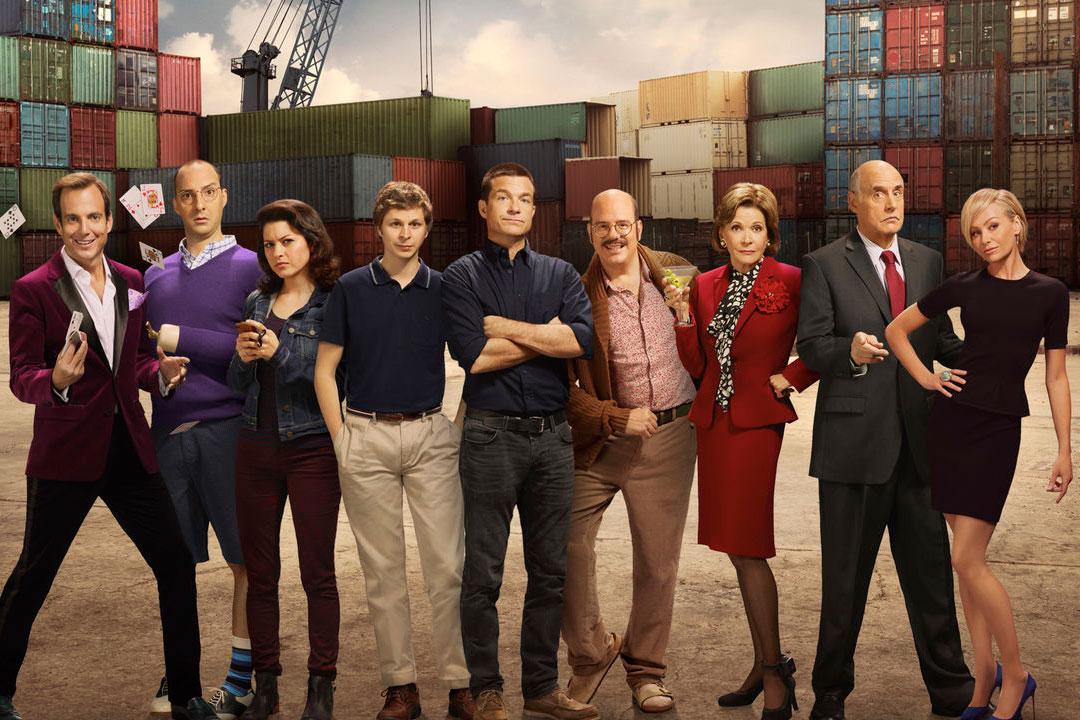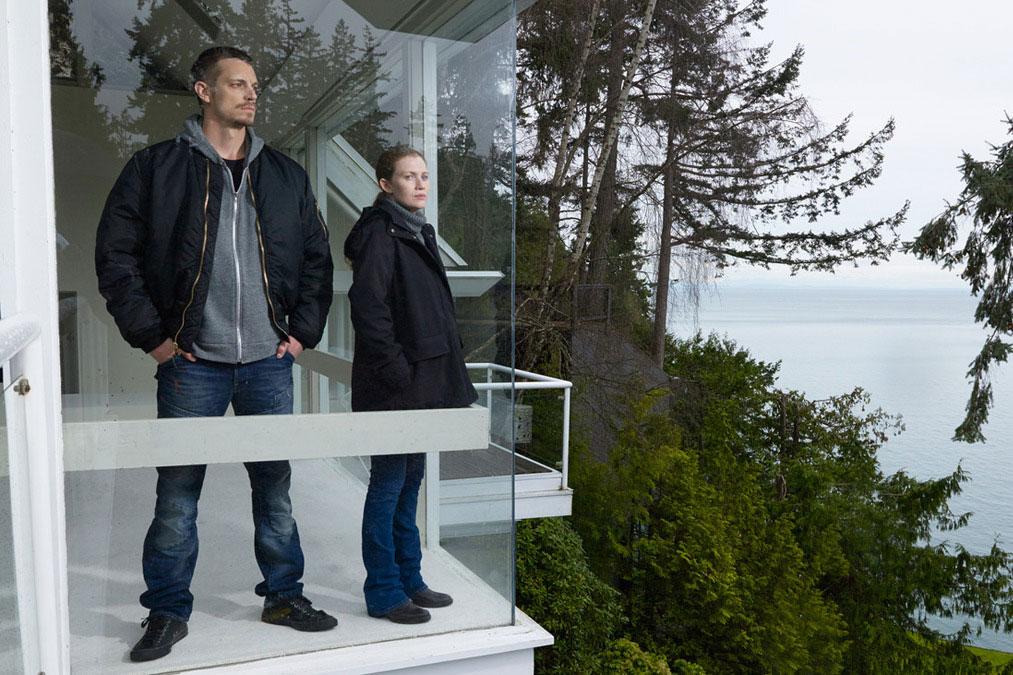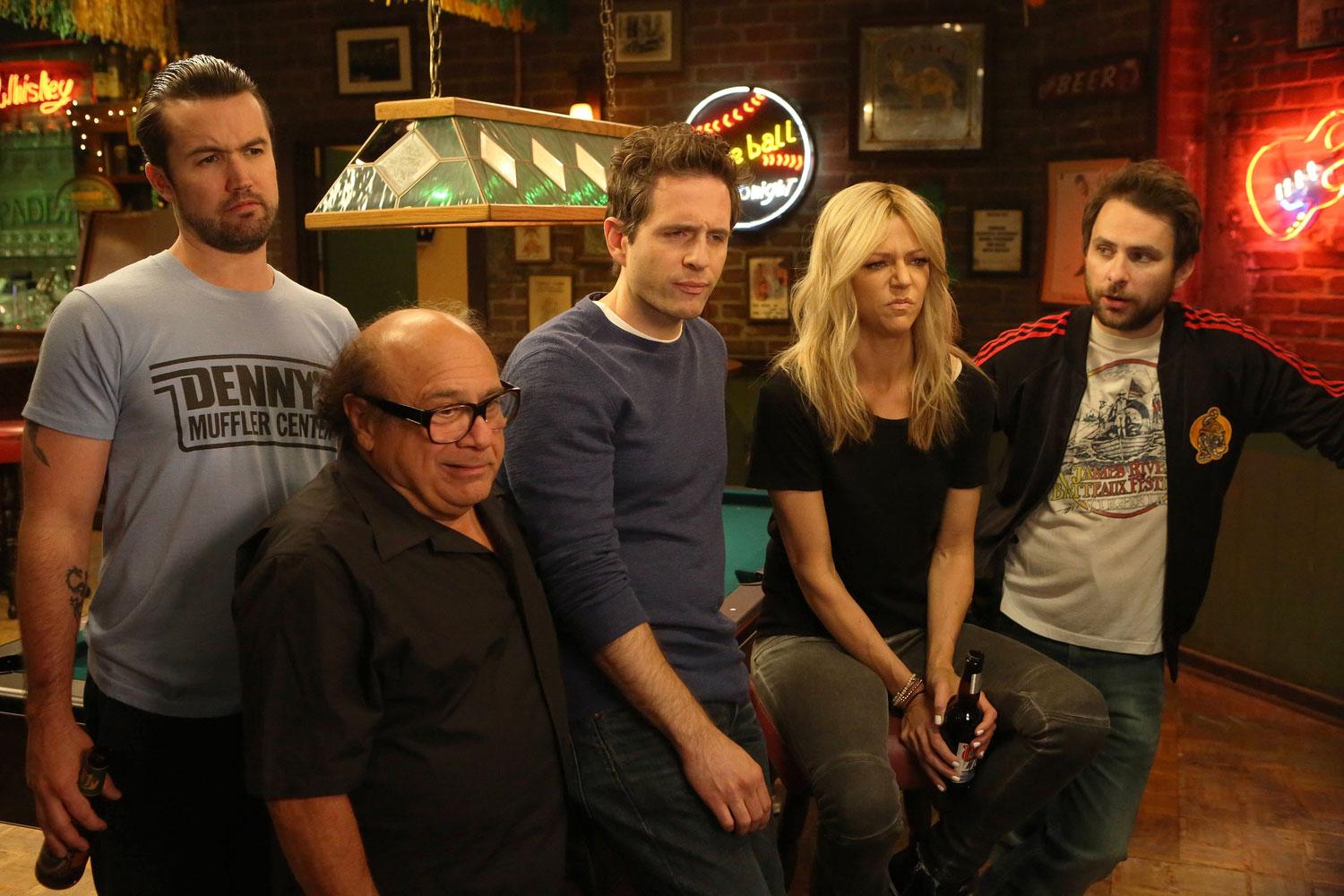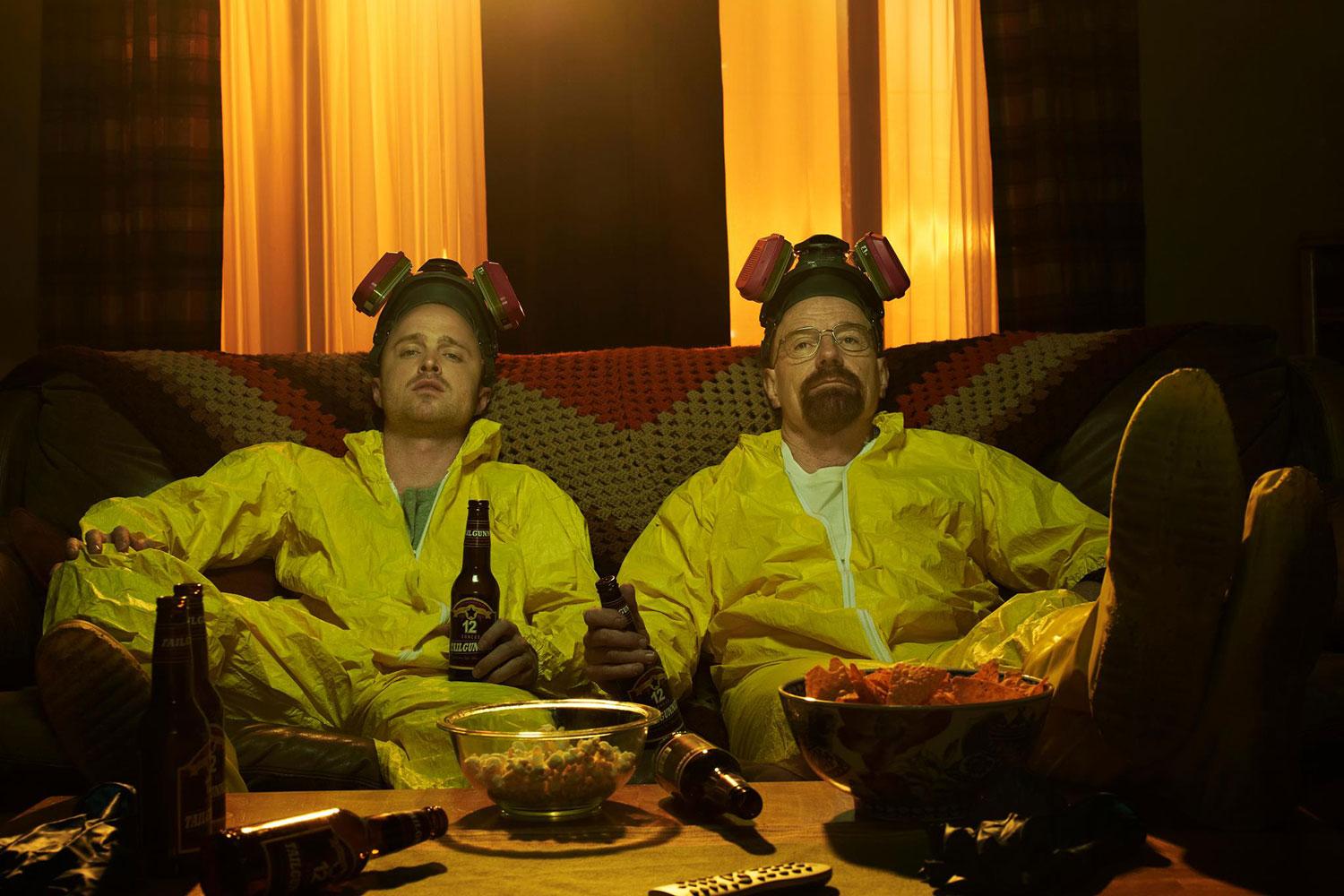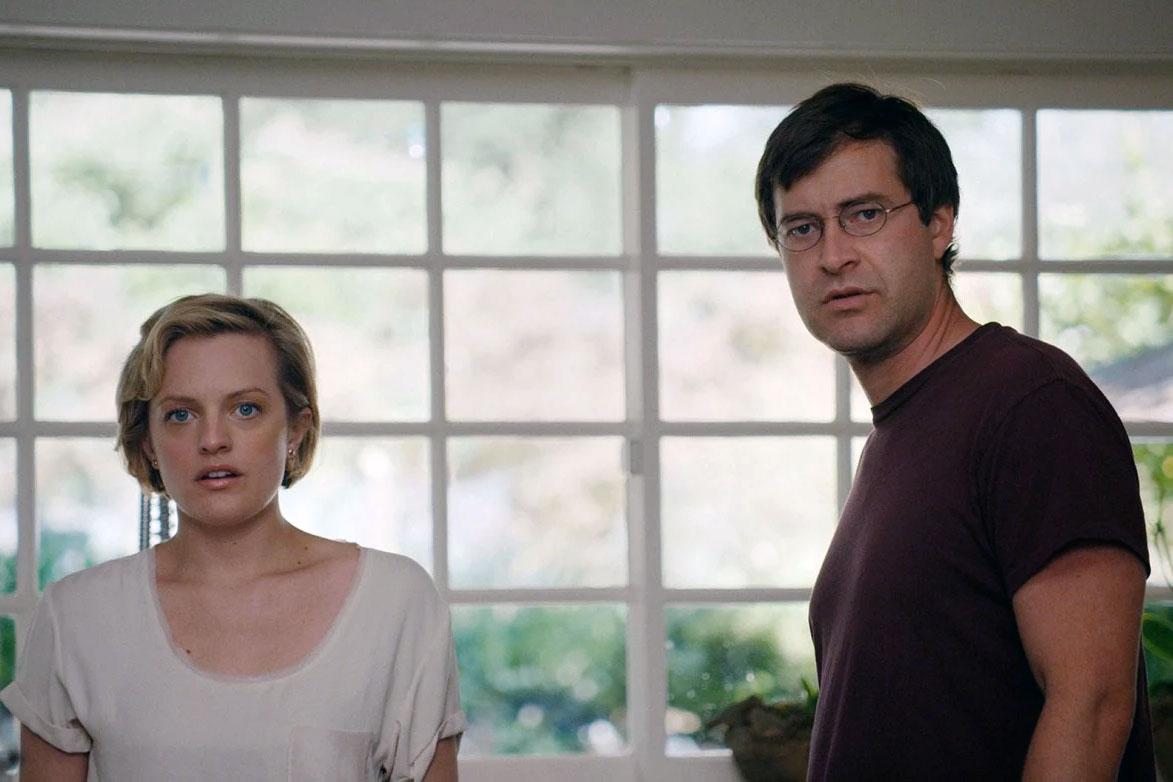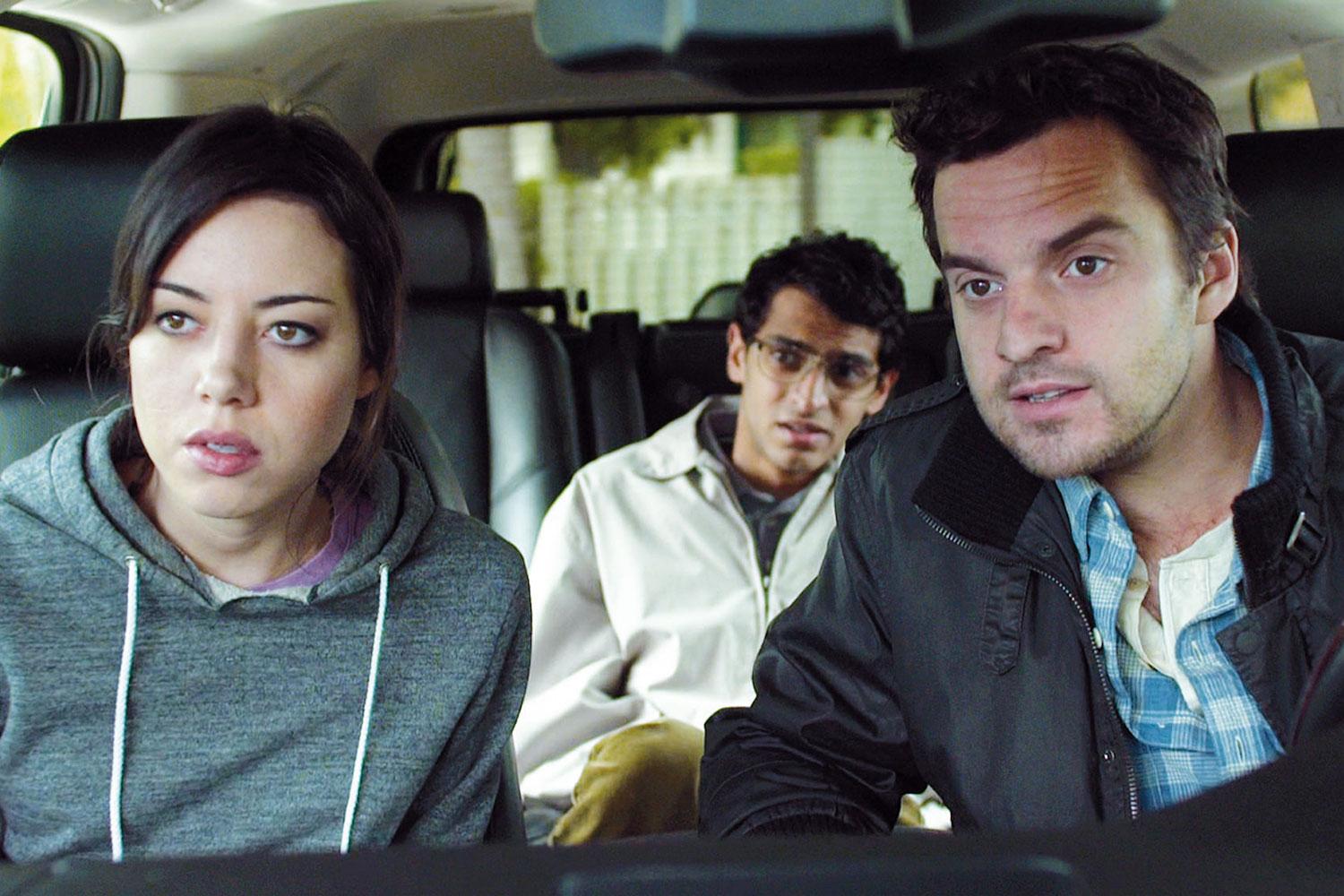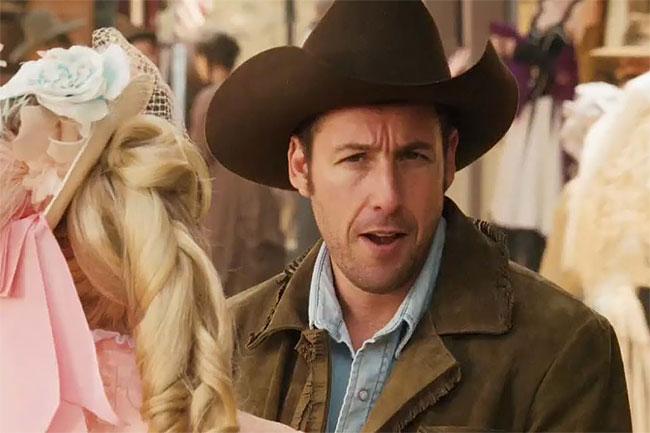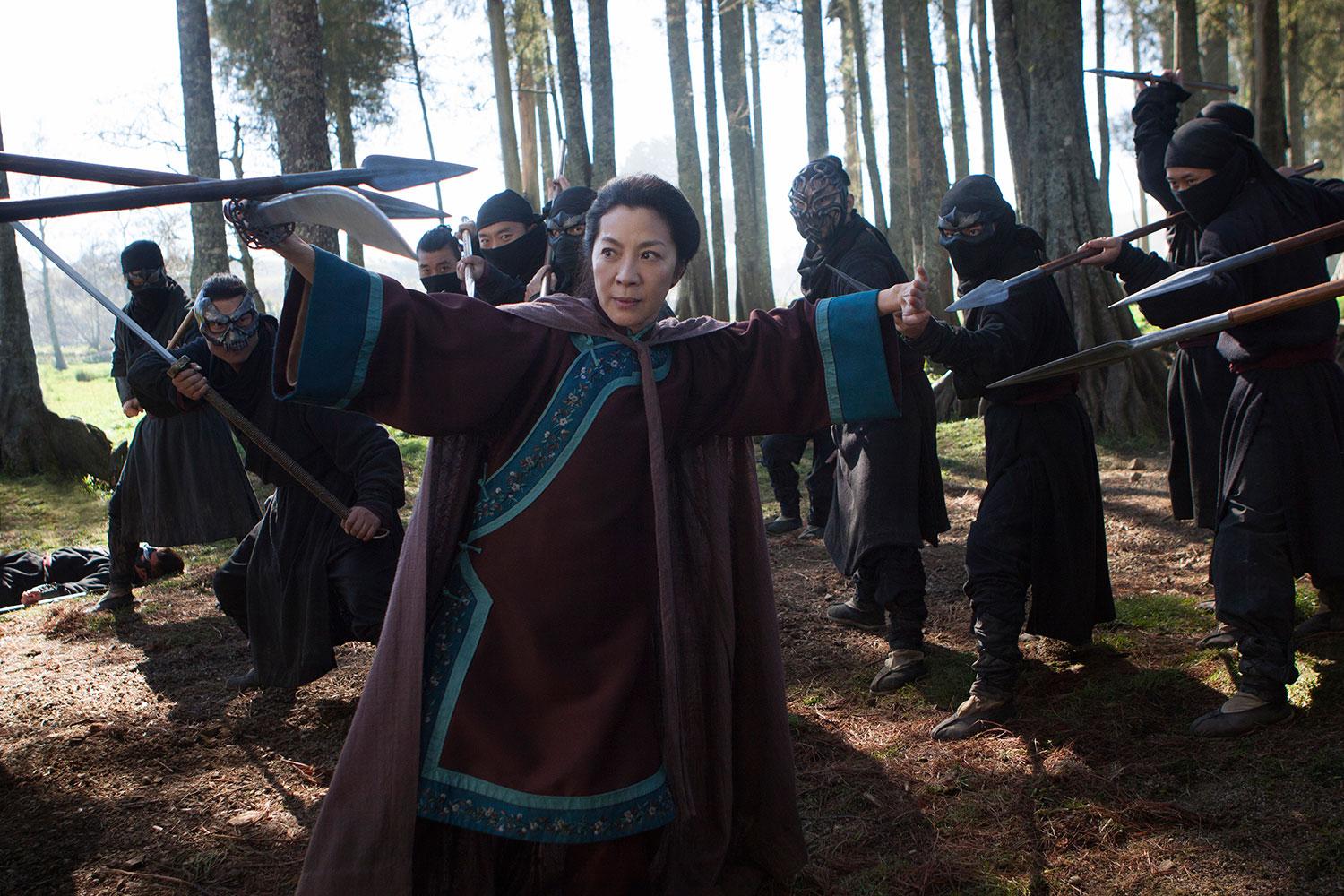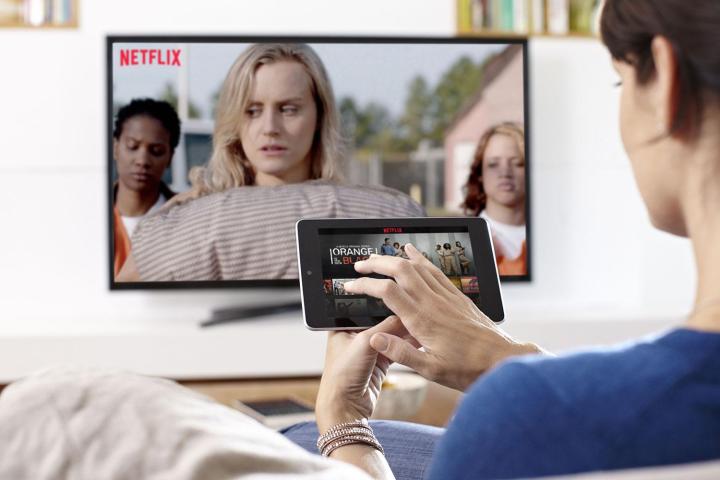
But Netflix is more than just a video streamer these days. The company has grown so quickly that it now eclipses traditional TV networks in both popularity, and viewing hours, and its trajectory is sending it straight into the eye of the hurricane that is HBO. Follow us below to see how Netflix went from pest to predator in the TV landscape, charting a course to become the biggest entertainment network on earth.
Video domination
The easiest way to understand just how big Netflix has become is to get into the numbers.
Research firm FBR Capital Markets reports (per Variety) that, when it comes to actual hours watched, Netflix is already on par with ABC and NBC, and will overtake CBS and Fox next year. While the comparison is somewhat flawed because the report didn’t track past seven days of VOD and DVR viewing, Netflixers reportedly watched a staggering 10 billion hours of streaming video in the first quarter of 2015 alone. Netflix already bests all competing networks in viewing when it comes to younger audiences, too, including the all important 13-49 year-old viewing demographic. And perhaps most telling, when FBR asked people to choose between Netflix and cable/satellite, 57 percent chose Netflix.
When it comes to viewing hours, Netflix is already on par with ABC and NBC, and will eclipse CBS and Fox next year.
While Netflix doesn’t match the big four in content spending yet, the company’s current budget of around $2 billion per year is more than Starz, Showtime, and HBO. But perhaps the most impressive number is the absolutely massive swath of Internet bandwidth Netflix takes up. Research firm Sandvine reports that Netflix streaming accounted for a record 36.5 percent of all Internet bandwidth in North America at peak hours in May, a number that has risen steadily over the last few years.
To put that into context, Netflix hogs more than double the bandwidth of its next biggest rival, YouTube, which came in at around 15.6 percent. And for those wondering how the company’s so-called streaming rivals matched up, it’s not even a fair fight: Amazon and Hulu accounted for a measly 2 percent each. Netflix has perfected the art of streaming, beaming its archives to millions of people with very few hiccups, thanks in part to the creation of its own CDN (content delivery network) to let viewers mainline content straight to the source.
It wasn’t always like that, of course. Remember back in the late 1990s when Netflix was synonymous with the mail-order business?
The company’s about-face from a DVD purveyor to a one-stop shop for instant, streaming movies and TV was staggering, and its transformation has only ramped up in recent years.
In December 2012, Netflix launched its first-ever original series, Lilyhammer, followed closely by House of Cards two months later. The latter took home the first Primetime Emmy Award in a major category for a streaming service that year. Since then, Netflix has unleashed a tsunami of licensed and original content, moved into full-fledged film acquisition and distribution, and expanded internationally at an aggressive pace.
A new kind of network
With a seemingly endless catalog of movies and TV titles to choose from, all commercial free, it’s easy to see why viewers spend so much time roaming the halls of Netflix. But Netflix has done more than create a new way to watch, it’s created a whole new kind of network.
By offering full seasons of shows for users to binge on at their leisure, Netflix not only created an addictive form of entertainment that keeps viewers belted to their couches, it’s also helped foster long-form episodic content. Laying down all the cards at once for each season has essentially eliminated the dreaded weekly cliffhanger while also allowing viewers to more easily follow deeper, more dimensional storylines that have a harder time catching on in the traditional TV series paradigm of weekly releases.
Netflix has gained a reputation as a bastion for film projects that major studios either wouldn’t, or couldn’t take on.
Take Arrested Development, for instance, arguably one of the most popular comedies of its age, yet it was cancelled by Fox after just three seasons. Apart from the “it’s too good to last” argument, a viable theory as to why AD didn’t catch on at Fox was that its very makeup was destined for streaming. The show’s running jokes, interwoven storylines, and deeply-drawn characters weren’t easy to follow in the weekly format, yet blossomed in the world of binge. Other shows, too, like The Killing, It’s Always Sunny in Philadelphia, and even Breaking Bad got a boost from streaming, helping to drive their popularity on their respective networks.
By taking what the company learned from streaming TV from yesteryear, and applying that method to all of its new original series, Netflix has changed the game even further. In comparison, as HBO has begun to break into streaming, CEO Richard Plepler has scoffed at abandoning serial releases, claiming the process of making fans wait helps build up suspense week after week. And it’s hard to argue with HBO’s success rate, keeping people engaged with those same long-form stories, even through the barrier of so-called “appointment viewing.”
- 1. Arrested Development
- 2. The Killing
- 3. It’s Always Sunny in Philadelphia
- 4. Breaking Bad
But even though viewers are willing and able to follow long-form storylines like Game of Thrones or True Detective in serial form, it’s hard not to see this as an aging archetype. Forcing viewers to wait seven days for that next show removes the autonomy of being able to watch what you want, when you want — something that has made streaming so popular in comparison to traditional TV. And we’re still in the dawn of streaming: Offering viewers fewer choices is something networks do at their own peril.
Of course, it’s not just about how we watch Netflix that makes it such an innovative network, it’s also about what we watch. After making a name for itself with last year’s seasons, and decades of bygone programming and movies, Netflix has quickly become a force to be reckoned with in the world of original content. And much of the credit on that front can be attributed to one man.
Ted Sarandos is a boss
If you’re not in the entertainment business, you might not know the name Ted Sarandos, but as Chief Content Officer for Netflix, there’s a good chance the Hollywood dealmaker has influenced the way you watch TV in some form. Back in the early days of Netflix originals, circa 2013, Sarandos gave a much-quoted response when asked about HBO’s plans to move into streaming. “The goal is to become HBO faster than HBO can become us,” Sarandos quipped — and oh how they laughed. They’re not laughing any more.
From an ambitious target of five new original series per year in 2013, Netflix is now on pace to hit the new goal of 20 per year, and beyond. As of right now, THR reports that Netflix has amassed an astonishing 475 hours of original content, including 16 dramas and comedies, 12 comedy specials, a whopping 17 children’s shows, 9 documentaries, and 3 documentary series. And the new titles in the works for the service amount to more than the two most prolific cable networks, HBO and FX.
That’s all well and good, but it doesn’t work without quality programming. Luckily, the popularity and acclaim of Netflix’s initial run of original series (including House of Cards of course), has built an attractive venue for some of Hollywood’s best storytellers, actors, and directors. That’s helped the brand excel with groundbreaking comedies like Unbreakable Kimmy Schmidt, acclaimed “dramedies” like Orange Is the New Black, and the first in a multi-tiered partnership with Marvel Studios, Daredevil.
Like any network, Netflix has certainly had its fair share of duds, including marginal reviews for new series like Grace and Frankie, and even Bojack Horseman at first, but the hits have made it a destination for big talent. In addition, Netflix originals help the brand accomplish its goal of owning the most exclusive content, giving users more reasons to keep paying that monthly subscription fee.

Of course, Netflix does not run unopposed by other streamers – Amazon is moving up in the world of originals, including the critically acclaimed Transparent, which helped garner the service its first ever Emmy nods this year. But considering its marketshare at present, Amazon is a dot in the rearview, and simply can’t compete.
And the deluge of new series in the pipeline isn’t enough for Sarandos or Netflix. Having proven more than adept at navigating the waters of original programming, the company has dug its claws deeper into the Hollywood epicenter to become a bona fide movie studio.
Indie film renaissance
The powers that be in the movie industry learned a lesson from their counterparts in TV when it comes to underestimating the little red streamer that could. Thanks to Sarandos, Netflix has gained a reputation as the place to take projects that major studios and other distributors either wouldn’t, or couldn’t take on, to be distributed simultaneously, worldwide. Enter indie darlings, the Duplass brothers.
Netflix believes it has the clout to do something no other film distributor has dared to try.
It was with little fanfare that Netflix inked a four-picture deal at this year’s Sundance film festival with Mark and Jay Duplass, two do-it-yourself filmmakers that have led a rebirth of sorts in the indie world. Most people likely know Mark Duplass as an actor from series like The League, and HBO’s Togetherness, but he and his brother have also become heroes of sorts for producing, writing, and directing unique movies like Safety Not Guaranteed and Creep.
In a recent interview with Wired, Mark explained why Netflix is becoming a home for great indie films with no place else to go. “Not all movies are movies you want to spend $14 on …” Duplass said. “The One I Love came out in theaters for the enthusiasts and did a chunk of business on VOD. But when it started streaming on Netflix, it exploded. Same thing with Safety Not Guaranteed. I’m kind of homing in on this model.” With Netflix in the wings, the Duplass boys have figured out how to make quality movies on the cheap, and put them in front of millions of viewers — all without major studio backing.
And signing the Duplass brothers is just one of several deals Netflix has made recently, taking the lead on acquisitions of art house films like the Idris Elba-starring war film, Beasts of No Nation, as well as bigger pictures like Adam Sandler’s The Ridiculous Six, the Judd Apatow-produced Pee-Wee’s Big Holiday, and even Brad Pitt’s War Machine, which the company bought for a reported $30 million.
Netflix isn’t afraid to play disruptor, either. The service plans to release its new sequel Crouching Tiger, Hidden Dragon: The Legend in IMAX and streaming in homes at the same time, smashing the hallowed theater release window. The move caused major theater chains to boycott the release, as did a similar plan for the simultaneous release of Beasts of No Nation, which just got a release date for October through Landmark Theaters. As you might guess, Amazon is planning its own run into the movie business, targeting as many as 12 films a year. The brand has stayed out of the theater fight, however, choosing to wait a couple of months to transfer its films from the theater to the TV.
It’s unclear which side will flinch first in the game of movie theater chicken: Netflix, or the multi-billion dollar theater industry. What is clear is that Netflix believes it has the clout to do something no other film distributor has dared to try.
… tomorrow, the world
Netflix’s stock has skyrocketed in recent months, in part due to better than expected subscriber growth and International expansion. Netflix has expanded from its home country across the globe, planting flags all throughout Western Europe, Australia and New Zealand, and Latin America, with plans to move into Japan, China, and India. The company has set extremely ambitious goals for the near future, as well, including landing in “200 countries by 2016,” with expected subscriber growth totaling 180 million by 2020.
It’s also important to understand that the company has a clear-cut, intertwined strategy to dominate the industry – the fevered push for original content is directly tied into the overall goal of global expansion. As Ted Sarandos explained in a recent panel interview at this year’s Televisions Critics Association (TCA), owning its own programming lets Netflix more easily cross borders, without the complications of tricky contract negotiations for content it licenses from other providers. And global expansion is all but necessary for Netflix to move past its relatively low profit margins, and get to the next level.
As fast as Netflix has exploded onto the scene, the service has work to do yet if it wants to completely upend rivals that have existed decades longer. Still, with an assault on all fronts, including out-creating and out-spending its streaming and cable rivals on content, making major moves into film distribution, and building its own streaming infrastructure, Netflix is in a league of its own. There’s no doubt the road will be bumpy, but for Netflix, this is just the beginning.
Editors' Recommendations
- Everything coming to Netflix in May 2024
- Netflix to hide its subscriber numbers starting in 2025
- Netflix just remade one of the best thrillers of all time. Is it worth watching?
- What Netflix’s live-action Avatar: The Last Airbender gets right about the animated series
- Everything coming to Netflix in March 2024

